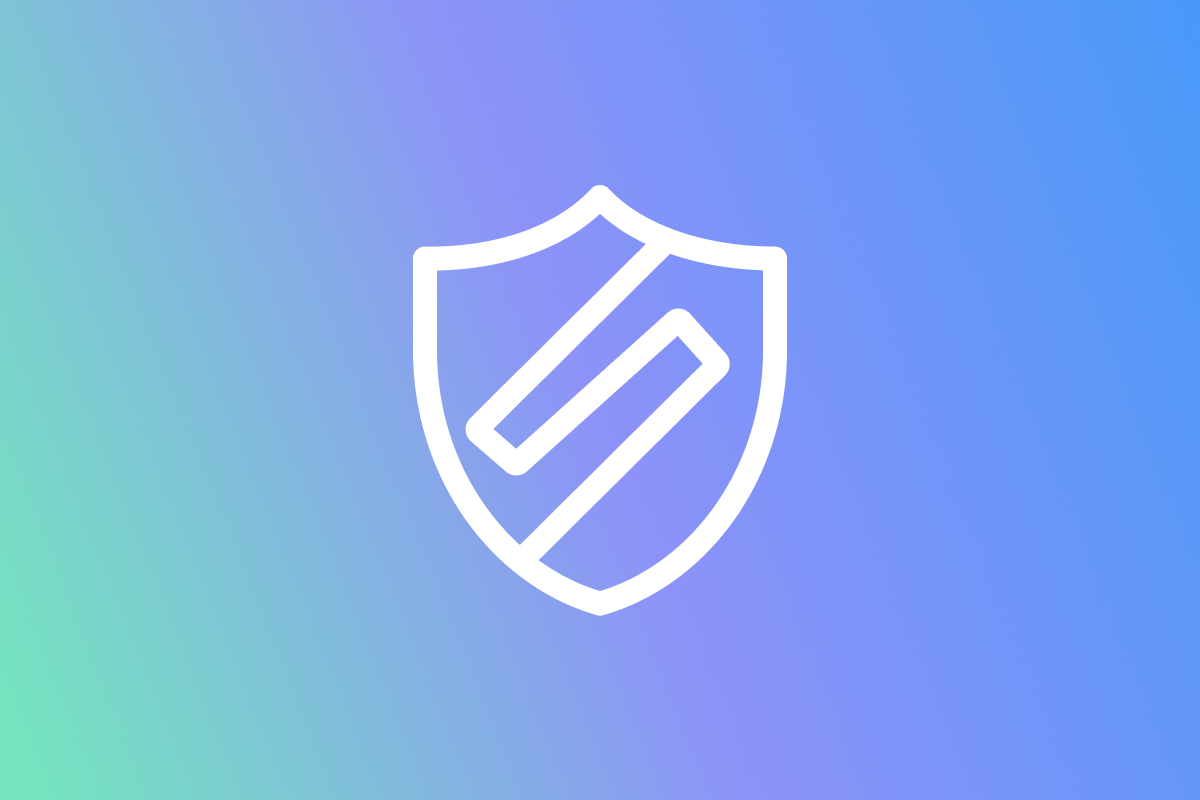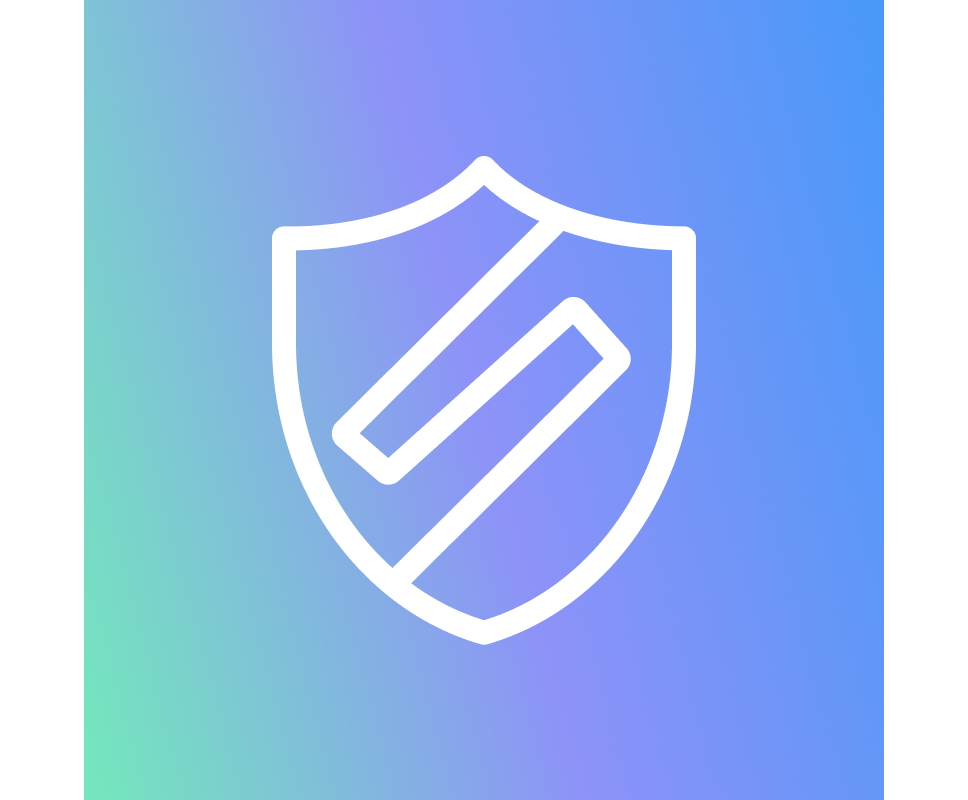The risk of a data breach, as well as the ensuing costs, continue to climb worldwide, putting not just multibillion dollar companies at risk, but also the costumers they serve. The Ponemon Institute’s 2016 Cost of Data Breach Study: Global Analysis found the average total cost of a data breach increased to $4 million from $3.79 million the previous year, while the average cost of a single record increased to $158, compared to $154. This amount is enough to put some companies out of business and, at the very least, cause consumers to worry about their personal information and lose trust in a company. Even as technology evolves to maximize security, hackers and identity thieves continue to become more sophisticated. Here are five potential data breach trends to look out for in 2017.
Healthcare Becomes a Major Target
A 2017 report in Scientific American revealed the troubling fact that sensitive health care patient data is not as private as you think it is. There were more than 1,300 health care data breaches between 2009 to 2015, with data for more than 135 million people exposed. Health care breaches can be especially damaging for people in prominent positions, where the publication of personal data, such as medical issues, could be used against people like politicians or military commanders. While more and more health care institutions are making use of electronic recordkeeping for convenience, hackers are looking to take advantage and leverage sensitive information to get payouts from hospitals. This happened in 2016 when Hollywood Presbyterian Medical Center paid approximately $17,000 in Bitcoins to anonymous hackers who gained control of their system.
Passwords Become a Thing of the Past
With companies such as Yahoo experiencing significant password breach attacks, the effectiveness of using even a complex password is likely to be questioned in 2017. In Yahoo’s most recent hack reveal, the company admitted data from at least 500 million user accounts was stolen. This data can be sold and reused, causing damage for years to come. Taking a cue from one of the largest data breaches in history, companies will look for alternatives to passwords to protect their users. One option is multi-factor authentication, which requires several forms of proof to verify the correct user. For businesses still using passwords, increased customer education about the necessity of using complex passwords and changing them frequently is important. Companies that use passwords should also have a solid strategy in place for how to deal with potential breaches of this nature.
The Use of Ransomware Grows
According to a study by BakerHostetler, in 2016, ransomware increased in prevalence as it threatened to debilitate businesses and the public sector. Ransomware takes control of a system to deny access to both the system and to files within it, essentially having the potential to halt or shut down an entire operation — unless, as the name implies, a “ransom” is paid. Ransomware infections occurred as frequently as once every 30 seconds, while half of the companies surveyed in the above study had experienced a ransomware attack in the past year. Not only does this impact immediate business dealings, but a ransomware attack puts every single customer file at risk. Beyond businesses, the use of ransomware can extend to government facilities and data, a form of cyber warfare that can lead to far more critical situations. When ransomware attacks public facilities such as transportation centers, it can compromise people’s physical safety.
Personal Finances Are Still in Danger
While the introduction of the EMV chip credit card around the globe has improved credit card fraud security, banks and personal finances are still vulnerable to hackers and will continue to be a direct target. In 2016, 40,000 bank accounts with Tesco Bank were breached by hackers, and half of those accounts had money stolen directly from them. Other ways hackers will attempt to gain access to financial information in 2017 include phishing for data like social security numbers, malware attacks to get debit card information and the oft-used scanning of passwords at ATM machines and point of sale systems.
The Internet of Things Places More Devices at Risk
As humans become more connected and entwined with technology through wearables and the Internet of Things (IoT), data risk and identity theft dangers increase. In October 2016, a distributed denial of service attack occurred — using a DVR — that shut down some of the globe’s most prominent websites. Other ways hackers can increase the use of IoT attacks this year include taking over routers and surveillance cameras to use them for website assaults. With appliances ranging from refrigerators to alarm systems relying on customer data, the things you use in your own home can put you at risk for a cyberattack. While more of today’s home shoppers demand smart home features, a 2017 study by insurance company Assurant shows that just as many people are concerned about their security with those smart devices. With data breaches threatening large corporations, it’s more important than ever for individuals to do everything they can to protect themselves in case the businesses they interact with lack tough security standards. Individuals should carefully consider who they provide personal information to and which devices they upload it to. Using a professional data monitoring service ensures users get the full protection they need.

